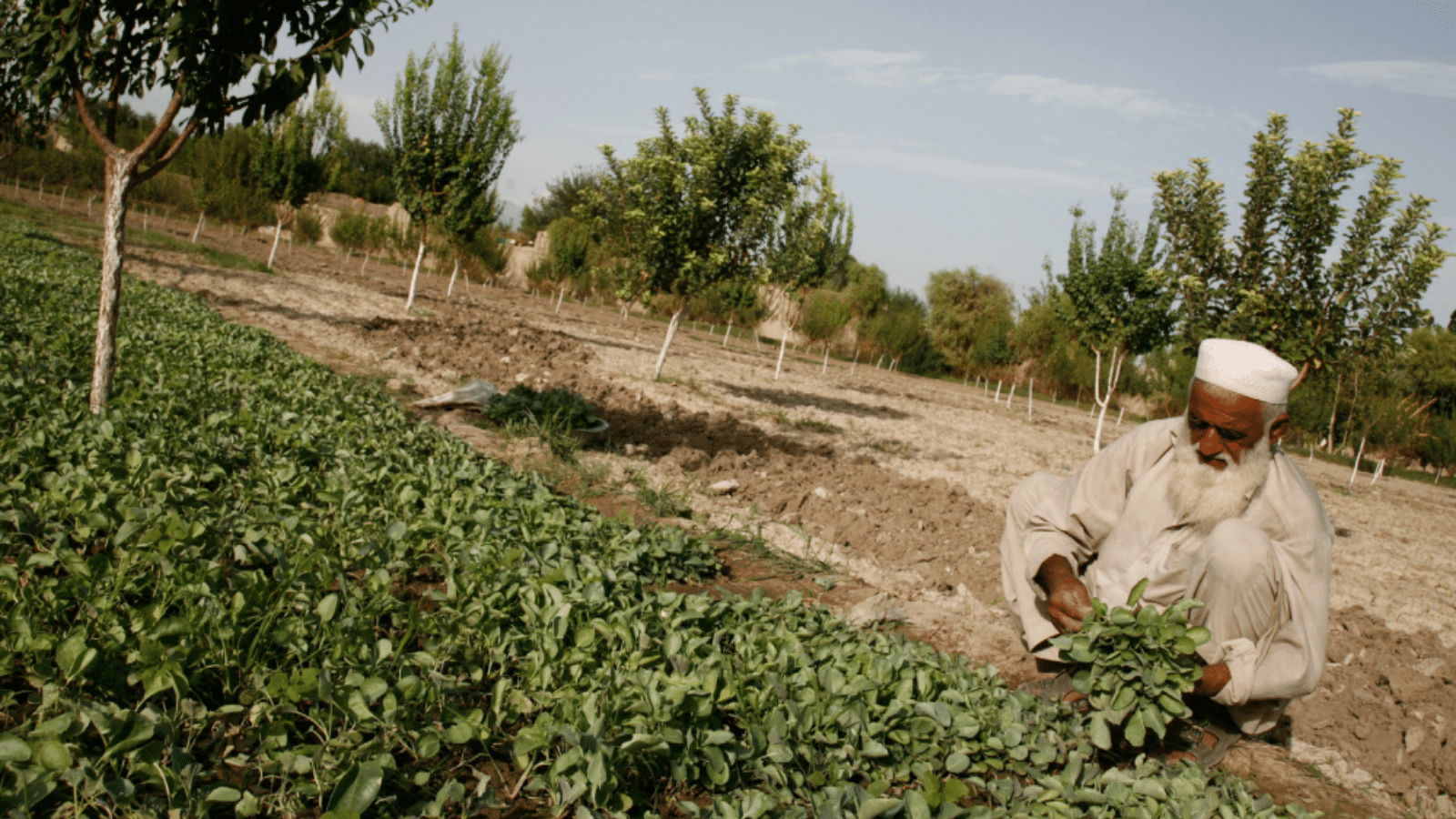An estimated 28 million Afghans, more than two thirds of the country’s total population, struggle to put food on the table.
Following the Taliban takeover in August 2021, Afghanistan has faced an international freeze on development and governance assistance, a freezing of the Afghan State Bank’s assets in the United States and Europe, a severe weakening of both private and public sector and a mass-scale unemployment. This, coupled with the rise in commodity prices, has increased poverty and hunger prevalence to emergency levels.
A new report, “Examining poverty and food insecurity in the context of long-term social-ecological changes in Kabul, Afghanistan” published by the Chr. Michelsen Institute (CMI), attempts to move beyond conflict and other proximate reasons of poverty to understand how long-term socio-economic and environmental changes have shaped poverty and food insecurity in Afghanistan.
Based on data collected in Kabul, the report highlights the loss of livelihoods is driven by multiple interacting factors, of which climate change is significant. The authors find that the “current condition is that farmers have largely abandoned farming and thus access to farm-based food is lost, but employment in the urban based construction and service sector too has collapsed. Additionally, changing land use patterns, drought, and land degradation are constraining the revitalisation of agriculture.”
Read the full report here.
The report is authored by Yograj Gautam (CMI), Anwesha Dutta (CMI), Patrick Jantz (Northern Arizona University), Alark Saxena (Northern Arizona University) and Antonio De Lauri (CMI) and forms part of the research project Prioritising the displacement-environment nexus: Refugee and IDP settlements as social-ecological systems, led by Anwesha Dutta.
